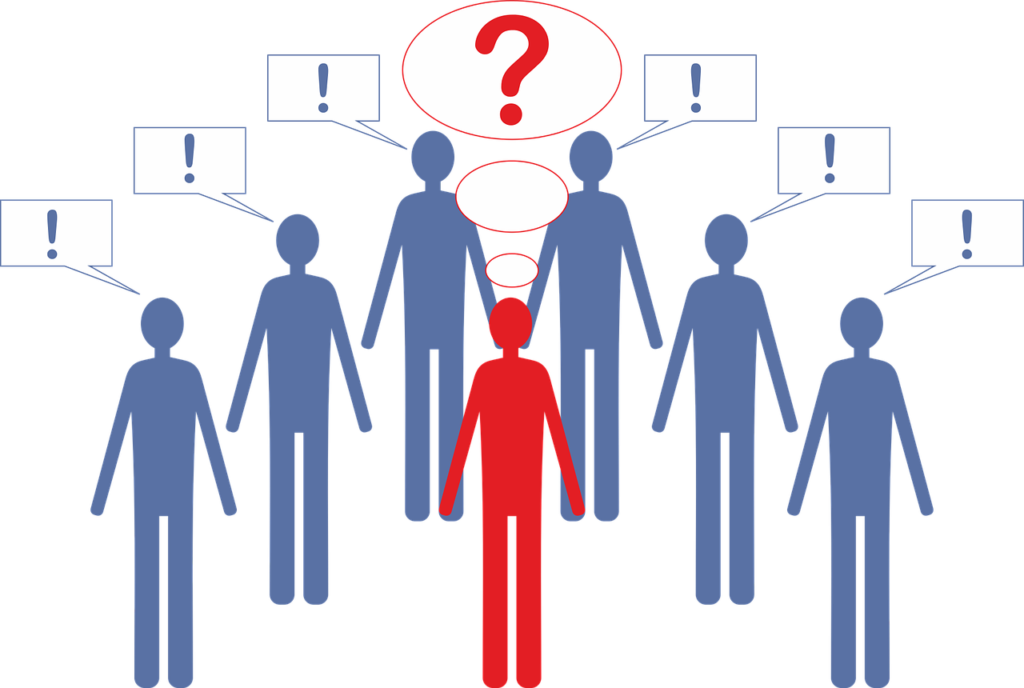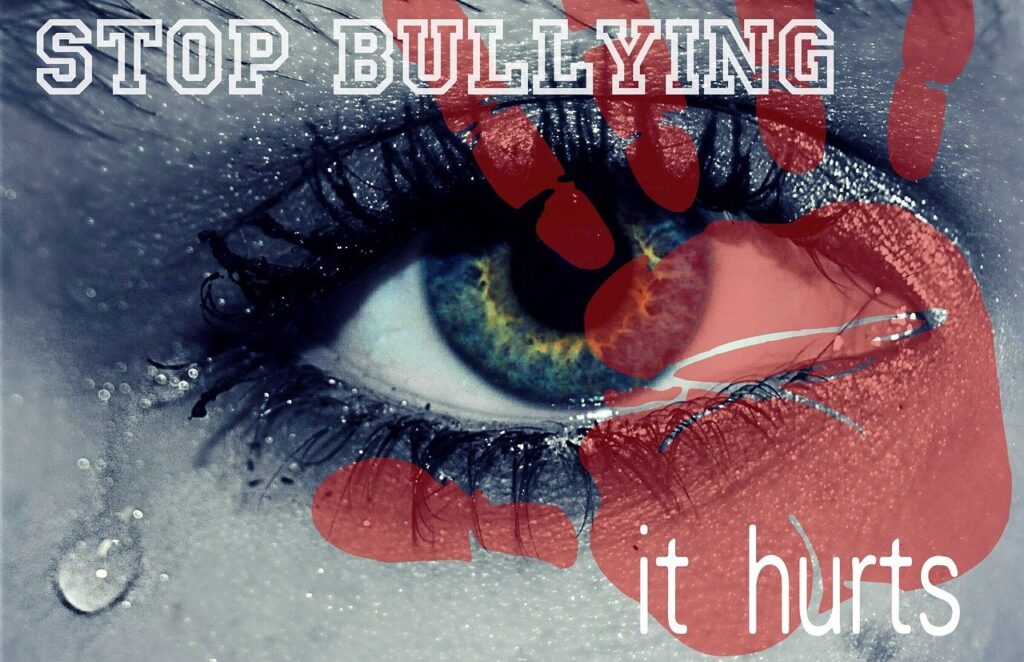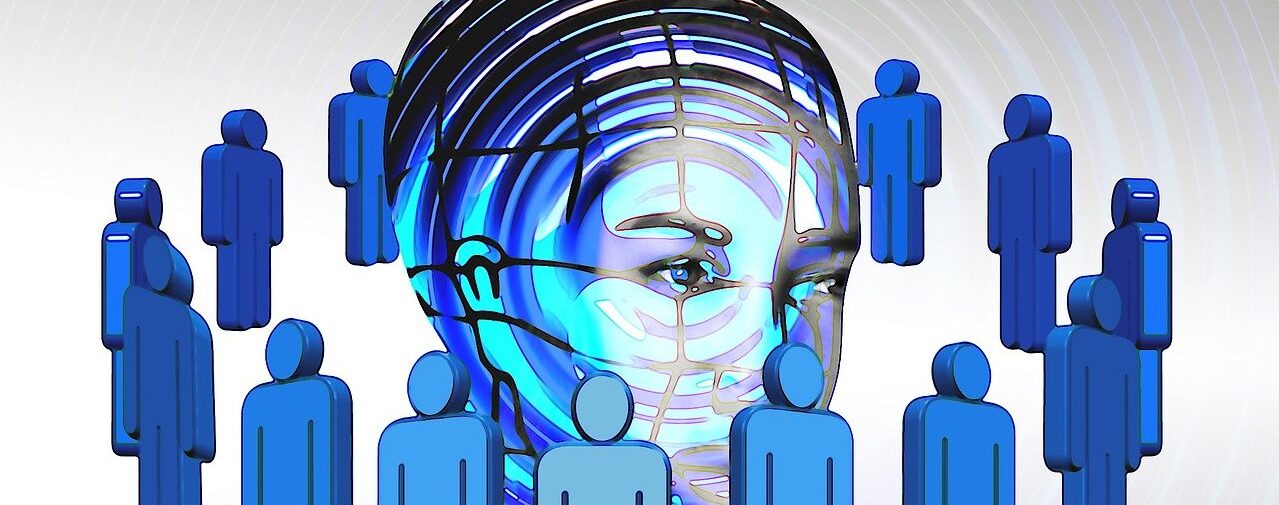CONCEPT
We may think that bullying is a childish behaviour that is left behind on finishing school, or that universities and colleges are too cultured and intellectual as institutions to have room for such behaviour, but these hopes are far from the truth. Bullying is an intentional aggressive behavior that is carried out repeatedly, which usually occur between perpetrators and victims who are unequal in power. Factors like physical size, social status seem to empower aggressors to victimize other individuals (Nansel et al., 2004). Traditional face-to-face bullying is a form of aggression which can be verbal (e.g., name calling, threatening, blackmailing, or making derogatory comments), or physical (e.g., hitting, pushing around, or physical intimidation). It may also be indirect or relational, such as excluding victims socially, or spreading rumors (Lund and Ross, 2017). A new form of bullying has emerged in the 2000s as an extension to traditional bullying; this occurs through electronic technologies which spreads bullying beyond school premises. This cyberbullying power is rooted from expertise on social media, rather than physical strength or social status (Wachs et al., 2020). A large number of studies found bullying to peak during adolescence, then victimization gradually decreases with age (e.g., Bjärehed et al., 2020).

Bullying amongst university students is a pioneering collection of knowledge and evidence exploring the under-researched phenomenon of bullying in universities in Bulgaria, Spain and Portugal. Abusive behaviour amongst young people is a serious and pervasive problem that is exacerbated by the rapid advances in electronic communication especially during and post-COVID situation. This proposal involves an international team from a range of disciplines, encompassing education, psychology, criminology, law and counselling, who have carried out research in the area of university bullying.
With this proposal we would like to tacle key topics as:
- Discrimination, aggression and bullying towards students including those with disabilities;
- Cyberbullying and cyber aggression; Homophobic and transphobic bullying; The impact of bullying on mental health;
- The role of bully and victim across the lifespan.

These will be addressed in a specially developed digital tool via chatBOT, who will provide scenarios, where each student will be able to observe what are the outcomes when somebody is involved in
bullying or a victim of an agressive behaviour – from the position of the abuser and from the position of the victim. The interactive digital tool will therefore will provide feedback and guidance on what strategies and procedures should be implemented if the victim needs further help and support in order to ensure his/her emotional and physical well-being of students. Making higher education institutions more inclusive and their students more resilient and preventive in terms of aggression and bullying is the overall impact, which we would like to reach.


